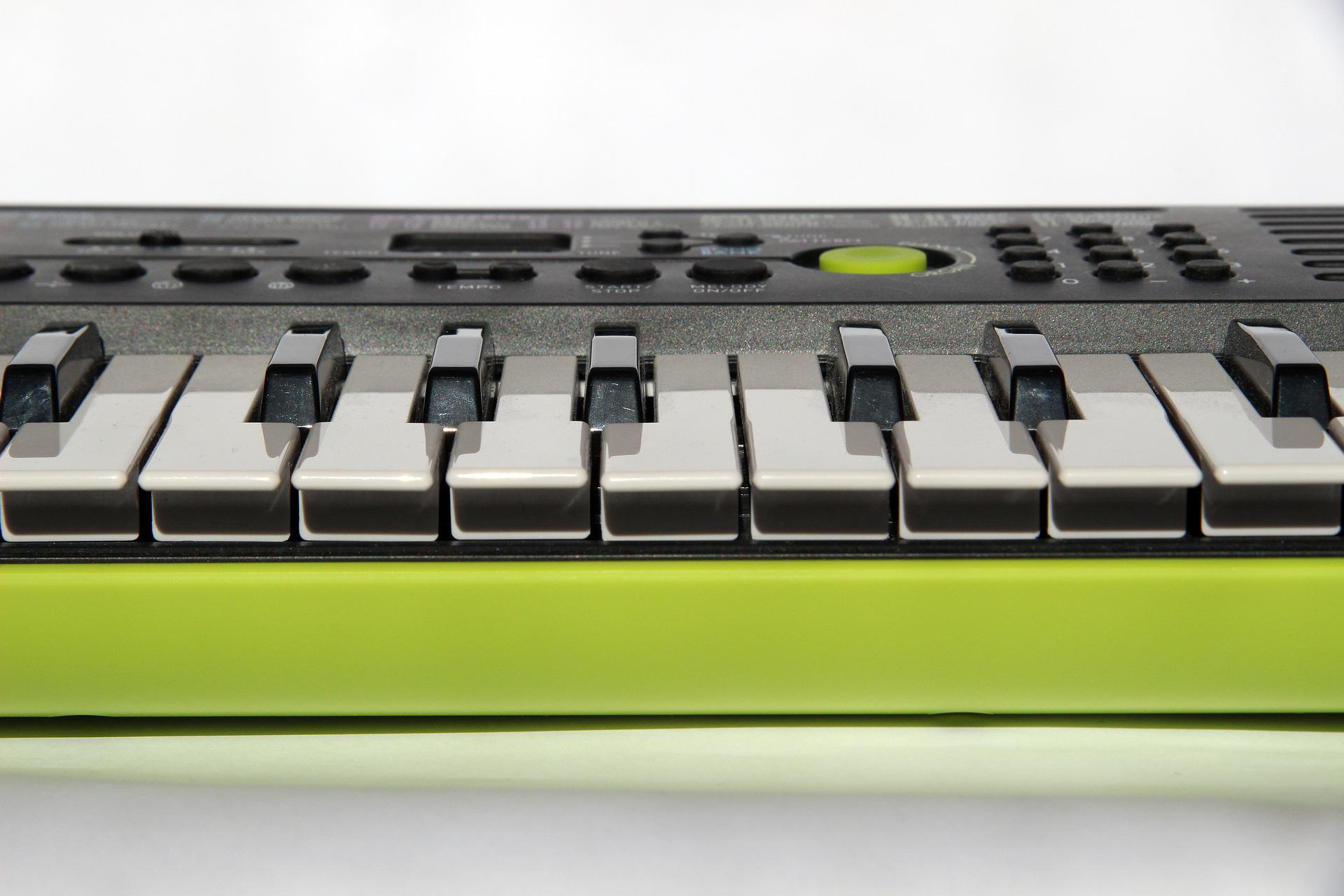If you are crazy about exploring the new sounds and musical instruments, you certainly cannot miss a chance of getting acquainted about one of the most crucial synthesisers of all time such as Mellotron. This short article will show you some crucial features of this device as well as its downsides as nothing is perfect in the world.
The sounds of Mellotron
A wide range of sounds is available on Mellotron. With the earlier models, you could split Mellotron into the ‘lead’ and ‘rhythm’ sections. You had a choice of 6 stations for the rhythm sounds. Each of them contained 3 rhythm tracks and 3 fill tracks. This was a way ahead of its time. The same approach was there for the lead sections as well, where you could mix the instruments. Right in the centre of the interface, you had various buttons that allowed you to alter pitch and tempo for the rhythm. This concept was removed from the latter models and placed with knobs only to set the sound, as well as a tuning knob.
The downsides of Mellotron
Mellotron was primarily build for the home or club use but with a growing demand, live performers tended to bring it on the stage which was quite inconvenient. Later Mellotron was made as portable as possible but still was quite heavy. Still it weighed around 122 pounds!
Mellotron was designed with the total live sound recording use as a sample but this was not quite the case. The sound was recorded but it could not contain the originality of the sound due to the behaviour of the magnetic tape and the playback mechanism. For instance, each time a note was played, it sounded different due to the factors such as fluctuation in the pitch and amplitude, wow and flutter effect. An accidental extra feature Mellotron got was a aftertouch sound effect. This one was created by pressing the key hard which would make the head come into contact under great pressure.
For portability factor, Mellotron reacted in great degree to various conditions such as cold or a slightly warm atmosphere typical for the lit stage. These factors were also considered detrimental to its reliability and longevity.
Legendary artists working with Mellotron
Mellotron was one hell of a messy synthesizer. Still that is what made it really attractive to its users. None other sound could come close to what Mellotron was able to give to musicians. This led to Mellotron being used by top notch artists of the time. For instance, Robert Fripp of King Crimson extensively used Mellotron. Another prog giant of the 70s Genesis’s Tony Bank used Mellotron and used this synthesiser for live performances. Rick Wakeman played Mellotron for David Bowie’s “Space oddity”. Moreover, the early mystical atmosphere of Tangerine Dream was captured by Mellotron.

